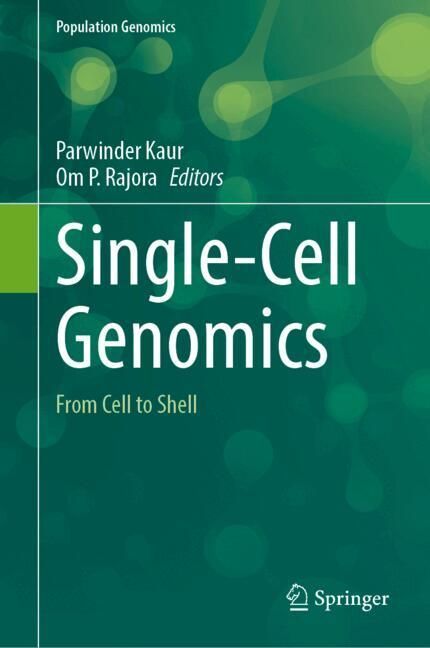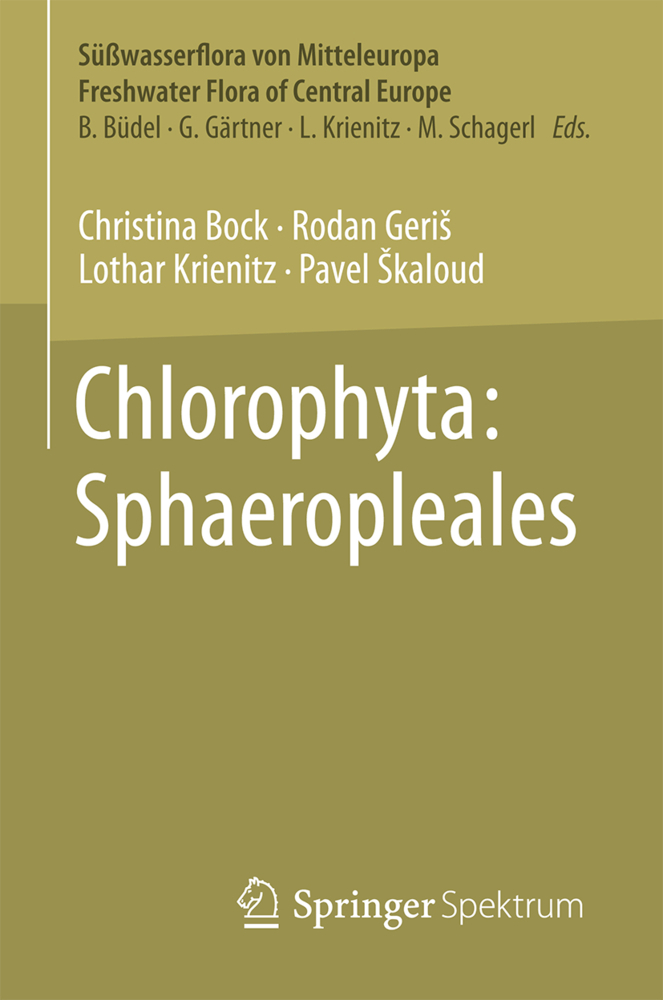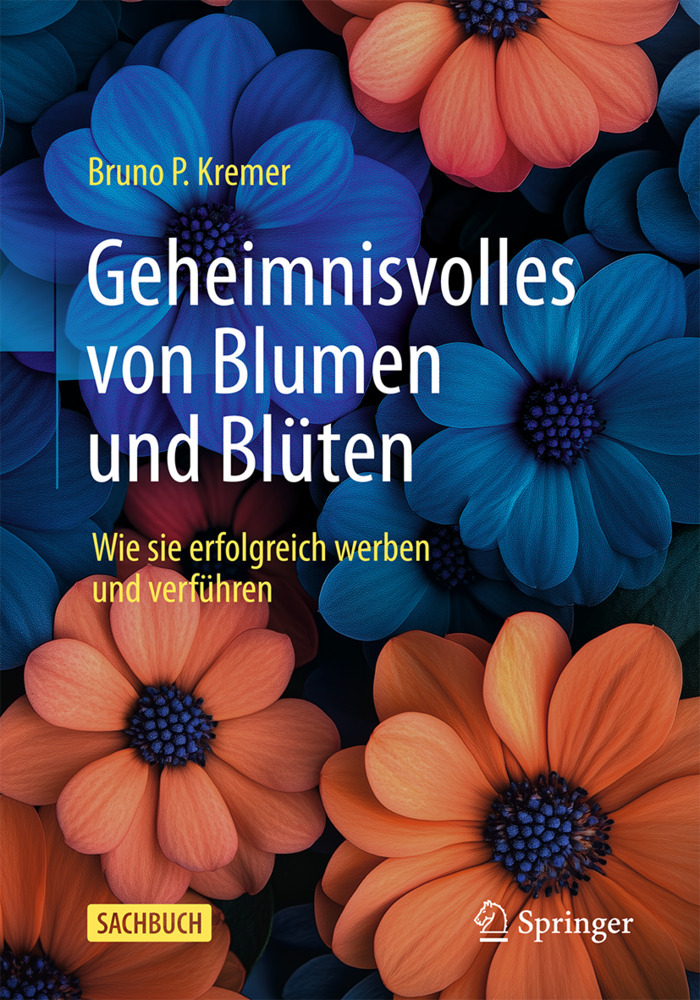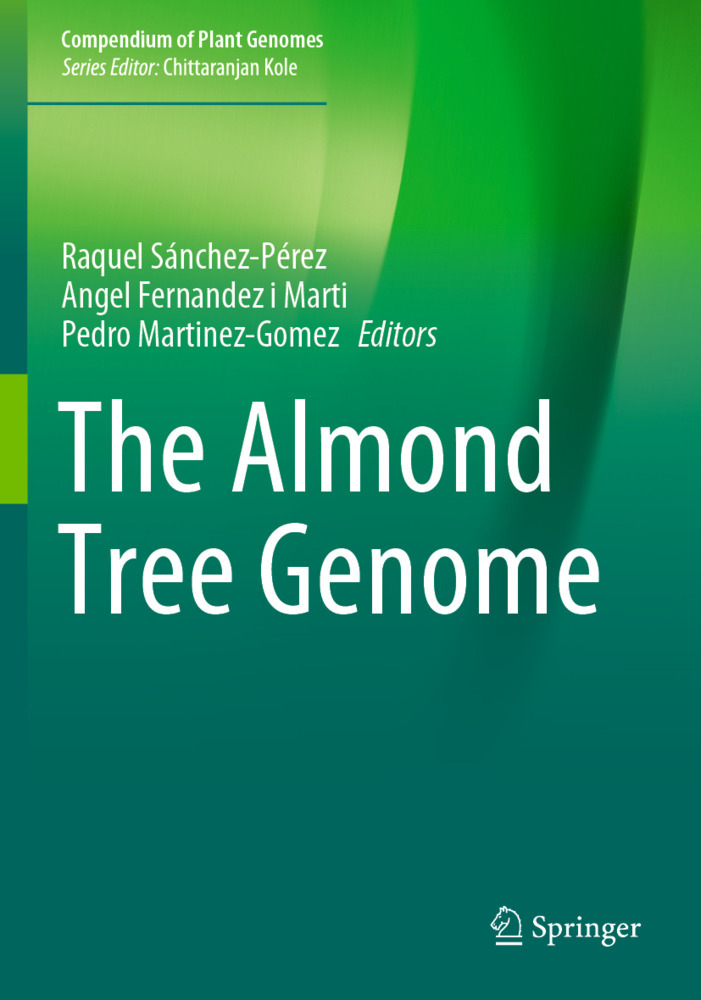Single-Cell Genomics
Single-Cell Genomics
Cells, the basic units of biological structure and function, vary broadly in type and state. Individual cells are the building blocks of tissues, organs, and organisms. Each tissue contains cells of many types, and cells of each type can switch among biological states. Single-cell genomics, transcriptomics and epigenomics open a whole new era with the possibility to interrogate every cell of an organism in order to decipher the important biological processes that occur within. This has emerged as a ground-breaking technology that has greatly enhanced our understanding of the complexity of gene expression dynamics at a microscopic resolution. It is anticipated that in the next 5-10 years, the wider research community will be routinely employing this powerful technology as a laboratory staple. Single-cell genomics, transcriptomics and epigenomics hold the potential to revolutionize the way we characterize complex cell assemblies and study their spatial organization, dynamics, clonal distribution, pathways, function, and crosstalks. These fascinating advances have opened up a new field of cell population genomics.
Single-cell genomics, transcriptomics and epigenomics research is providing new insights into inter-cellular population genomic diversity, heterogeneity, specialization, taxonomy, spatial and temporal gene regulation, and cellular and organismal development and evolution. It is facilitating plant breeding, understanding of human disease conditions and personalized medicine. This book discusses the perspectives, progress, and promises of single-cell genomics, transcriptomics and epigenomics research and applications in addressing the above and other key biological aspects in all organisms. It establishes the current state-of-the-field and serves as the foundation for future developments in single-cell genomics, transcriptomics, and epigenomics.
Preface
Single-Cell Genomics, Transcriptomics and Epigenomics: Current State and Future PerspectivesSingle-cell genomics
Single-cell transcriptomics
Single-cell epigenomics
Single-cell metagenomics
Single-cell Hi-C
Single-cell ATAC-Seq
Practical considerations for designing single-cell experiments
Visualization of single-cell genomic, transcriptomic and epigenomic data
Addressing the problem of large single-cell genomic, transcriptomic and epigenomic data
Data analysis tools and statistical methods
Role of Artificial Intelligence (AI) and deep learning
Overview of clustering methods and batch effects in single-cell RNA Sequencing
Best practices for single-cell RNA-Seq data analysis
Advanced disease modeling
Tracking mutations, copy number variations, and chromosomal aberrations at the single-cell level
Defining cell types and states from single-cell genomics
Unravelling single cell heterogeneity using single-cell RNA sequencing and understanding function of cellular specialization
Building a taxonomy of the cells
Characterization of the epigenetic landscape of cellular populations
Microbial population genetics using single-cell genomics
Spatial and temporal gene regulation dynamics at the single-cell level
Single-cell spatial and temporal gene expression patterns in mice
Single-cell spatial and temporal gene expression patterns in humans
New insights into cellular development and evolution from single-cell genomics
Assessing embryo development and regeneration via single-cell RNA-Seq
Reconstructing lineages from single-cell genomics
Understanding human diseases using single-cell omics approaches
Single-cell omics for personalized medicine
Advanced understanding of cancer using single-cell transcriptomics
Dissecting Alzheimer's disease at the single-cell level
Single-cell mass cytometry of differential immune and drug responses
Challenges and opportunities of single-cell genomics, transcriptomicsand epigenomics in plants
Systems biology of plants at the single-cell level
Single-cell genomics for new and enhanced green revolution
Single-cell genome, transcriptome and epigenome sequencing
Integration and harmonization of single-cell genomic, transcriptomic and epigenomic data
Integration of single cell RNA-Seq with CRISPR/Cas9
Index.
| ISBN | 978-3-030-40950-0 |
|---|---|
| Artikelnummer | 9783030409500 |
| Medientyp | Buch |
| Copyrightjahr | 2026 |
| Verlag | Springer, Berlin |
| Umfang | X, 390 Seiten |
| Abbildungen | X, 390 p. 150 illus., 100 illus. in color. |
| Sprache | Englisch |











